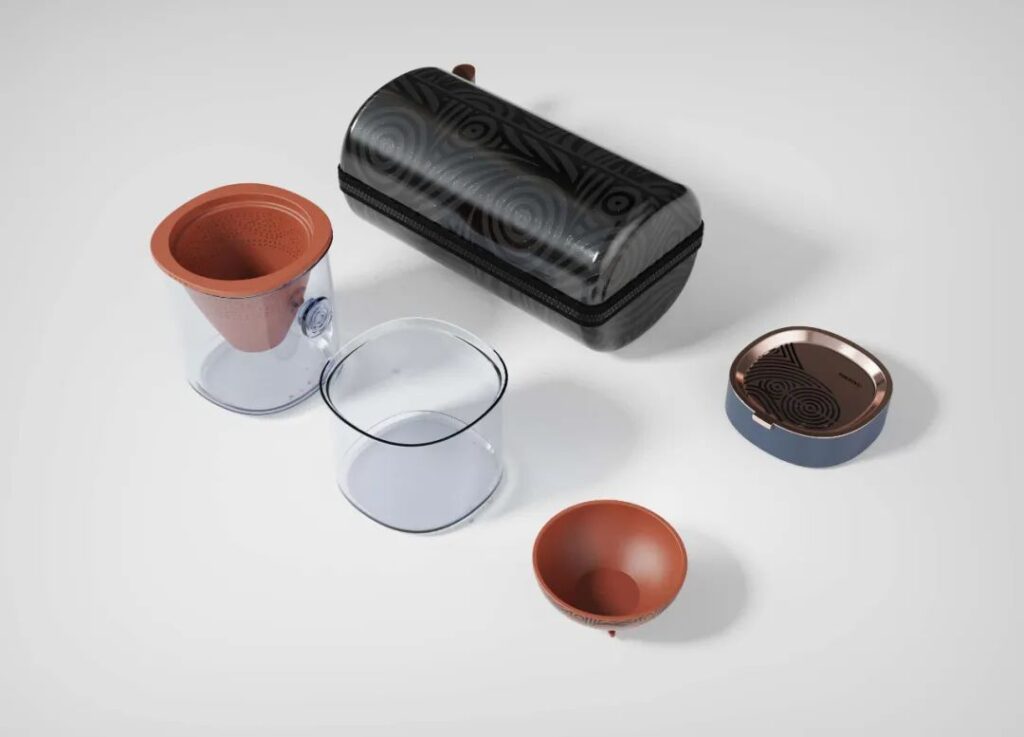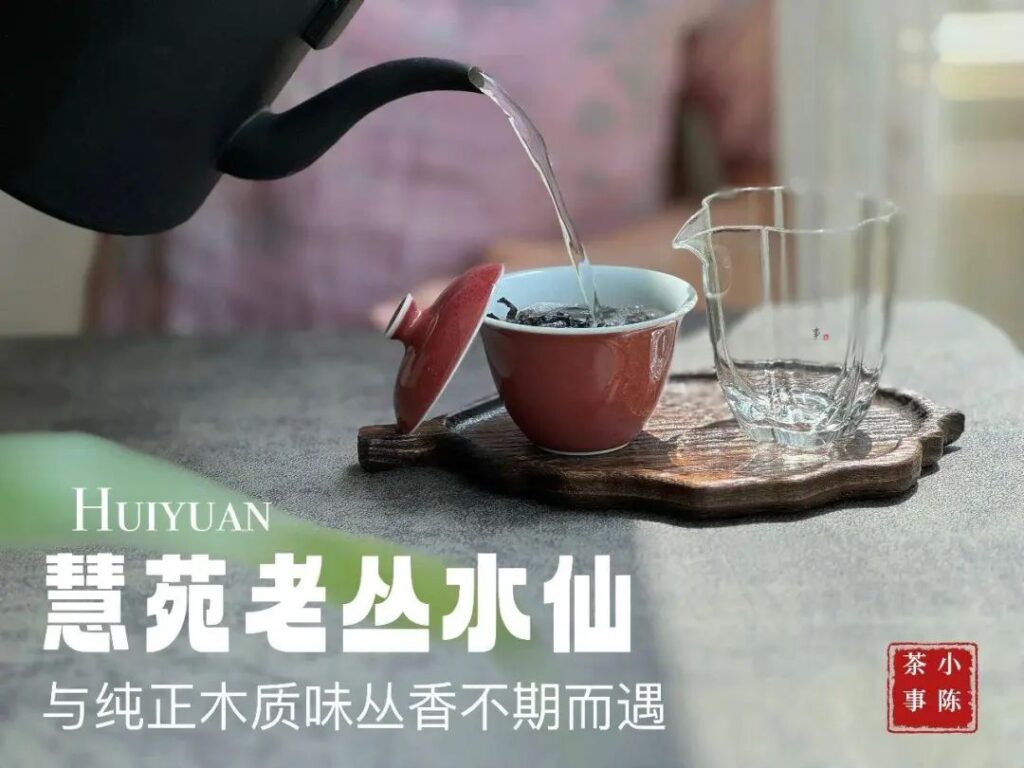Brewing tea can be as simple as a handful of tea leaves and a pot of boiling water. It can also be an art form, paying attention to every detail from the tea mat to the utensils, embodying aesthetics: ‘Stillness serves tea, stability cultivates the self.’ What basic tea utensils should a novice tea table be equipped with? The fundamental tools for brewing tea include a lidded bowl, teapot, and glass cup.
A lidded bowl, also known as the ‘Talent Bowl’, consists of a tea lid on top, a tea bowl in the middle, and a tea saucer at the bottom. This small set of tea utensils symbolizes a small world, containing the harmony of heaven, earth, and people. The material of the lidded bowl is mainly porcelain with various patterns and colors. Beginners can choose a lidded bowl with a moderate capacity of 110 milliliters, a slightly wider flared rim, and a high lid button to avoid burns.
A teapot comes in various textures, and purple sand teapots are commonly used in daily life for brewing and drinking tea. Beginners can prioritize basic clays such as purple clay, red clay, and segment clay, which are easier to authenticate and reasonably priced. The capacity of the teapot should be medium-sized (suitable for about 3-5 people to drink), suitable for most tea-drinking scenarios.
Glass cups are simple and quick, but they do not separate tea leaves from water. They are suitable for brewing various types of green tea, but not recommended for other types of tea. When conditions allow for brewing tea, it is recommended to use a lidded bowl and a teapot.
A fair cup, also known as ‘Tea Sea’, is used to evenly distribute the concentration of tea soup. Its capacity should be larger than that of a lidded bowl or teapot, and it is appropriate to pour tea to about seventy percent full for guests. The common materials are porcelain, purple sand, and glassware.
A tasting cup is a small cup used for sipping tea soup. There are many types, colors, and materials of tasting cups. A cup with an open mouth that is too large can easily lose tea aroma, so a small and delicate one is recommended, which is conducive to gathering aroma and tasting tea.
A tea tray is used to place tea utensils and drain water, also known as a tea boat. It is a shallow-bottom tray used to place various brewing and drinking utensils; it can also collect excess tea water during brewing. The style is diverse, and the overall appearance is aesthetically pleasing. It is said that ten neatly arranged lidded bowls are not as good as one tea that tray neatly stores them.
In addition, there are some auxiliary tea tools for arranging tea and enhancing the atmosphere of tea utensils, which can be added according to personal preference. The ‘Six Gentlemen of Tea’ are auxiliary tools in the art of Gongfu tea. A tea scoop: also known as ‘Tea Lotus’, is used to carry tea and measure the amount when taking tea from a tea canister; a tea needle: a long, thin needle used to unblock the teapot spout; a tea strainer: similar to a funnel, placed at the mouth of the teapot to prevent tea leaves from spilling; a tea tong: used to pick up tea dregs, pick up cups, etc.; a tea spoon: to transfer tea from a tea canister or packaging bag into the teapot; a tea tube: to hold the above tools.
There are also tea knives: used to pry open compressed teas such as cake tea and brick tea. A tea filter: similar to a tea strainer, placed at the mouth of the fair cup to filter tea dregs. A tea cloth: used to clean the tea table and wipe tea brewing utensils. Tea pets: decorative utensils with no practical function, nurtured by tea water or played with during tea drinking and tasting.
In addition to the mentioned items, there are numerous other utensils that could not be listed in detail. Drinking tea as a leisure activity allows for a high degree of freedom in the way it is enjoyed. Tea enthusiasts can select their tea utensils based on their personal preferences. Comfort and pleasure are of utmost importance!


